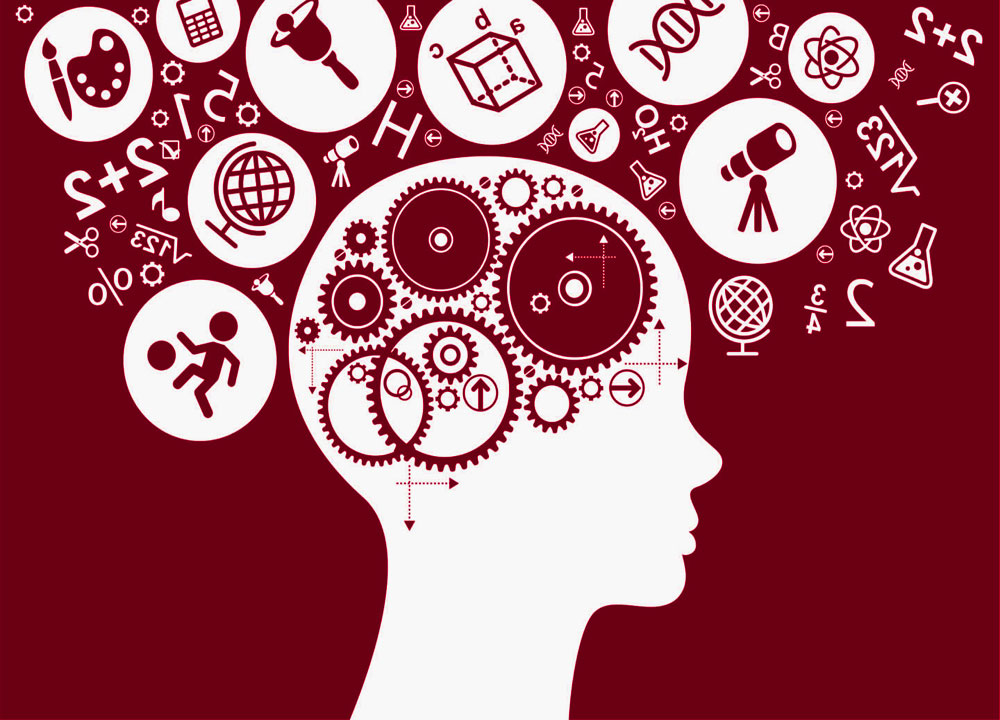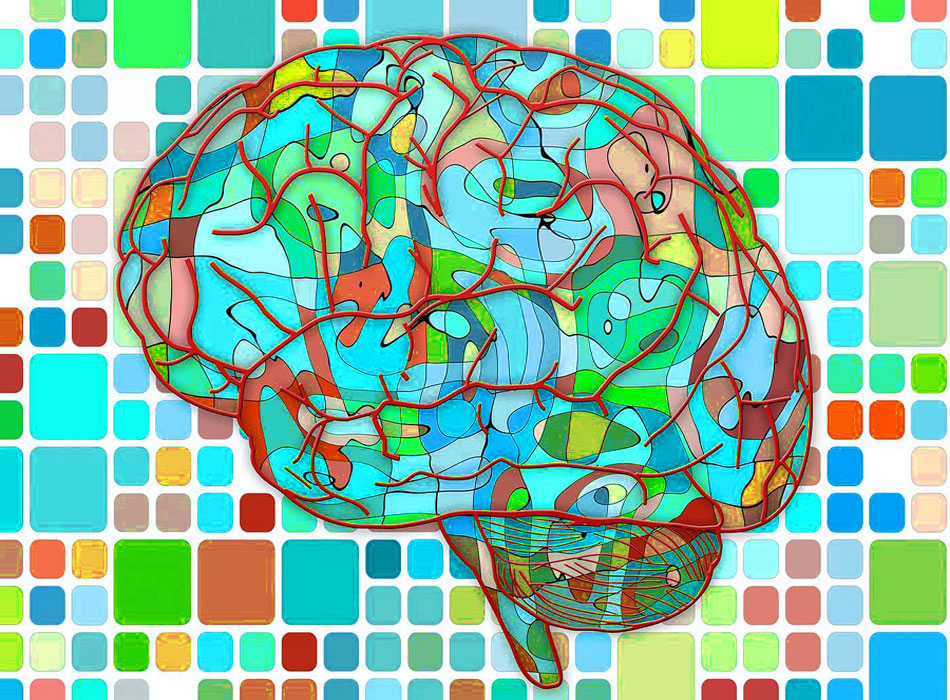We have all experienced the frustration of learning something new but being unable to remember it when we need it. Memory is clearly a key ingredient in learning, since it is our ability to remember that allows us to apply new learning.
In this two-part podcast, I will first address how memory, recall and recognition work. In Part II, I’ll share proven techniques that help people develop a better memory. Before we delve into memory improvement, we need to understand how memories are made in the first place. We tend to think our memory works like a filing cabinet. We experience an event, generate a memory and then file it away for later use. However, according to medical research, the basic mechanisms behind memory are much more dynamic. In fact, making memories is similar to logging your laptop into a WiFi network — the strength of the network signal determines how well the event is translated and remembered. Thinking about memory as occurring in a single part of the brain is mistaken. Indeed, our brains have multiple memory centers, each with its own specialized functions. The simplified model below shows three memory types, though the physiology of memory as described above is a far more complex reality.
Our sensory memory receives input from the environment through our five core senses (each with its own processing center in our brains). This sensory information is transferred to our short-term working memory, where it is processed and meaning assigned. If not forgotten, this memory is passed to our long-term memory through rehearsal and encoding, where it joins the repository where all our life experiences and knowledge is stored. Memory also benefits from techniques that use simplification and association to increase the likelihood that we will remember when we need to. You will learn about these techniques, such as mnemonics and memory palaces, in the second part of this blog on Learning to Learn: Memory.


